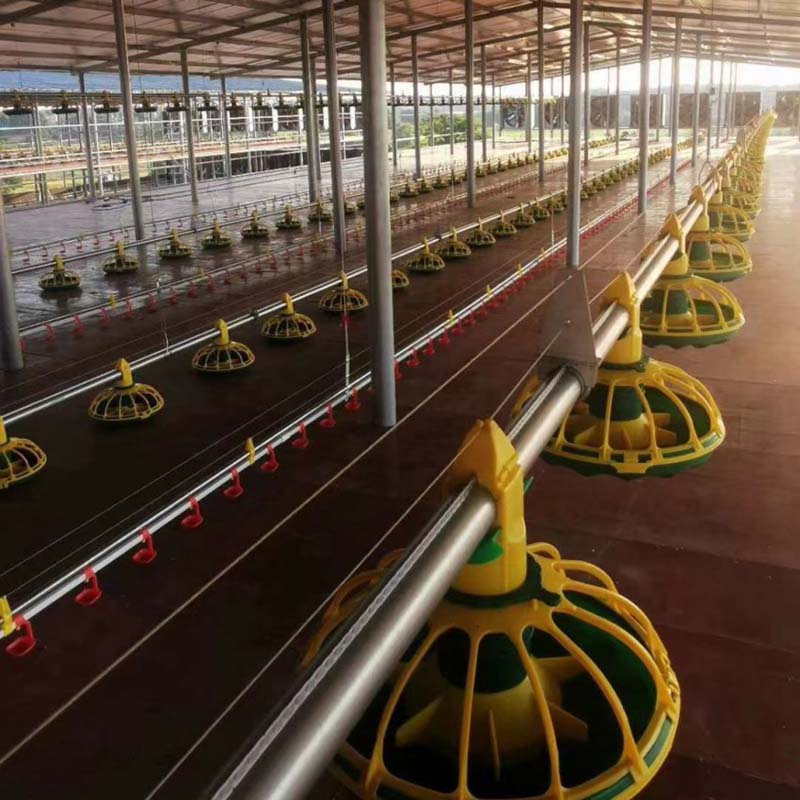Transportation Solutions for Poultry Safe and Efficient Chicken Cages
Sep . 23, 2024 11:57 Back to list
Transportation Solutions for Poultry Safe and Efficient Chicken Cages
The Importance of Chicken Transportation Cages
The poultry industry plays a crucial role in global food supply, with chickens being one of the most commonly raised animals for meat and eggs. As the demand for chicken continues to rise, effective and humane methods of transporting these animals become increasingly essential. One vital tool in this process is the chicken transportation cage.
Chicken transportation cages are specially designed enclosures that allow for the safe and humane transport of live chickens from farms to processing facilities, markets, and other destinations. These cages serve multiple purposes, primarily focusing on the welfare of the birds, ease of handling, and compliance with regulatory standards.
When transporting chickens, it is paramount to consider their well-being. Stressful environments, overcrowding, and inadequate ventilation can cause significant harm to the animals, leading to injury or even death. A well-designed chicken transportation cage addresses these issues by providing sufficient space for each bird, ensuring that they can stand, lie down, and move comfortably without feeling cramped. Moreover, these cages often come equipped with ventilation holes to allow for proper air circulation, which is essential for maintaining the chickens' health during transit.
chicken transportation cages

In addition to promoting animal welfare, chicken transportation cages play a crucial role in efficiency and logistics. The design of these cages can facilitate stacking, which optimizes space in transport vehicles and minimizes costs. Efficient use of space allows producers to transport larger quantities of chickens at once, reducing the number of trips needed and thereby decreasing the carbon footprint associated with poultry transport.
Another significant factor influencing the design of chicken transportation cages is regulatory compliance. Many countries have instituted guidelines and standards to ensure the humane treatment of animals during transport. These regulations often outline the minimum space requirements, ventilation standards, and other specifications that cages must meet. By adhering to these regulations, poultry producers not only safeguard their chickens but also build trust with consumers who increasingly prioritize animal welfare in their purchasing decisions.
Furthermore, the materials used in constructing chicken transportation cages are designed to ensure durability and safety. Cages are typically made from high-quality plastic or galvanized steel, materials that withstand the rigors of transport while also being easy to clean and sanitize. This is particularly important in maintaining biosecurity, preventing the spread of diseases among flocks, and ensuring that the transportation process does not compromise food safety.
In conclusion, chicken transportation cages are an integral part of the poultry supply chain, serving to protect animal welfare, enhance logistical efficiency, and ensure compliance with regulatory standards. As the poultry industry continues to evolve, innovations in the design and functionality of these cages will undoubtedly emerge, reflecting the industry's commitment to responsible and sustainable practices. By investing in humane transportation solutions, we not only elevate the standards of animal care but also foster a more ethical approach to food production, ultimately benefiting consumers, producers, and the animals themselves.
-
Hot Sale 24 & 18 Door Rabbit Cages - Premium Breeding Solutions
NewsJul.25,2025
-
Automatic Feeding Line System Pan Feeder Nipple Drinker - Anping County Yize Metal Products Co., Ltd.
NewsJul.21,2025
-
Automatic Feeding Line System Pan Feeder Nipple Drinker - Anping County Yize Metal Products Co., Ltd.
NewsJul.21,2025
-
Automatic Feeding Line System - Anping Yize | Precision & Nipple
NewsJul.21,2025
-
Automatic Feeding Line System - Anping Yize | Precision & Nipple
NewsJul.21,2025
-
Automatic Feeding Line System-Anping County Yize Metal Products Co., Ltd.|Efficient Feed Distribution&Customized Animal Farming Solutions
NewsJul.21,2025






